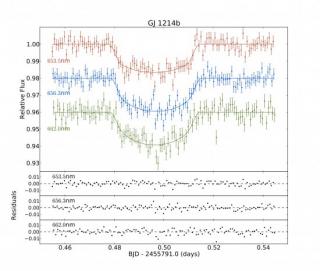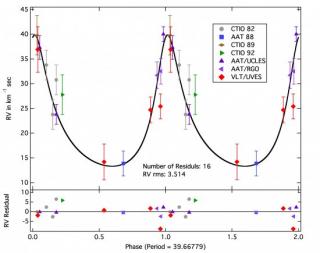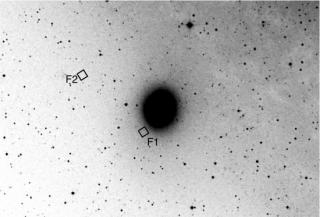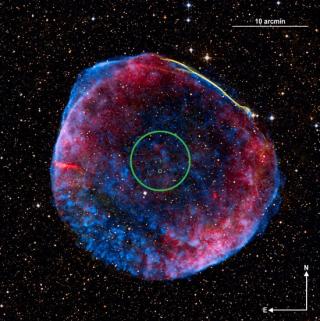
Aims. The super-Earth planet GJ 1214b has recently been the focus of several studies, which use the transit spectroscopy technique to determine the nature of its atmosphere. Here, we focus on the Halpha line as a tool to further restrict the nature of GJ 1214b’s atmosphere. Methods. We used the Gran Telescopio Canarias (GTC) OSIRIS instrument to acquire narrow-band photometry with tunable filters. We were able to observe the primary transit of the super-Earth GJ 1214 in three bandpasses: two centered in the continuum around Halpha (653.5 nm and 662.0 nm) and one centered at the line core
Advertised on




